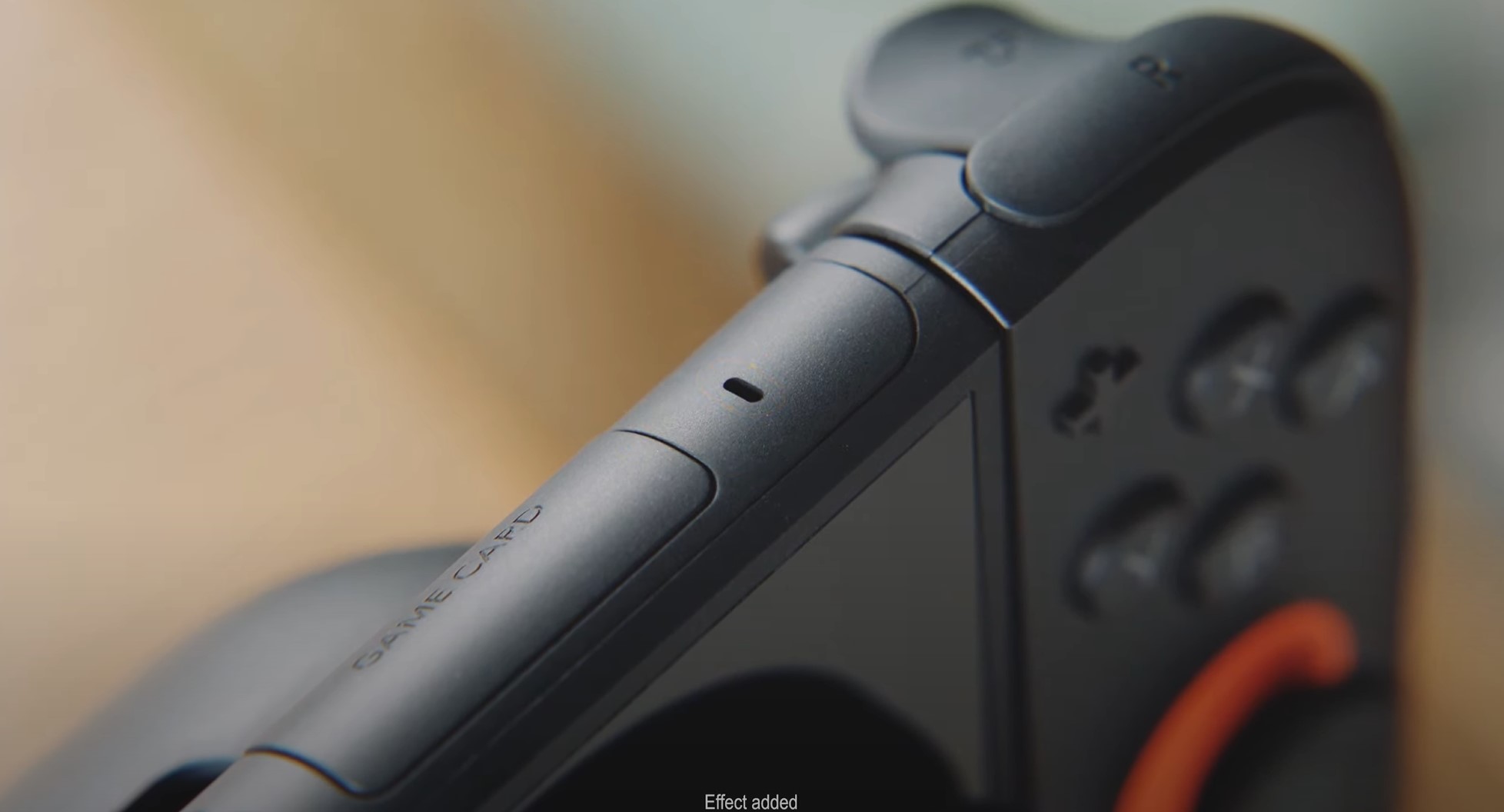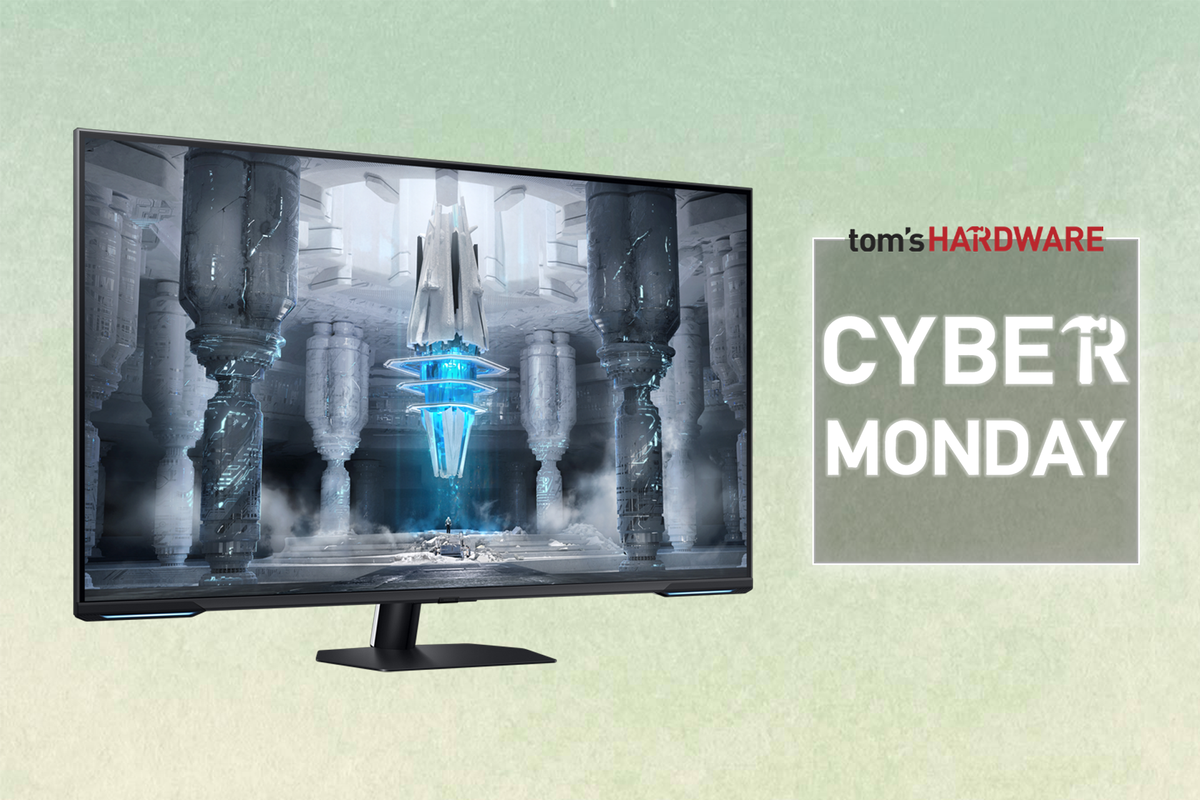Nintendo's long-anticipated and likely most leaked handheld, the Switch 2, is set to hit shelves today. If you plan to purchase one, handle it with care, as replacement parts are expected to become more expensive, via Notebookcheck. Nintendo Japan's pricing indicates a massive surge of up to 92% for replacement parts, affecting components like the mainboard, LCD, dock, Joy-Cons, and even the new Pro Controller.
Since Nintendo has only disclosed these prices on their Japanese storefront, a direct comparison for U.S. customers is not possible. We have, however, drafted a table outlining the replacement parts for the Switch 2 alongside those for the Switch OLED, Switch V1 (HAC-001), and the Switch Lite from Nintendo Japan. With some expected variations, we may probably see a similar spike globally as well. (U.S. prices are conversions purely for reference)
Replacing the main board, which houses the Tegra T239 SoC along with 12GB (2x6GB) of LPDDR5x-8533 RAM, and 256GB of TLC-based UFS 3.1 storage, will run you 27,500 Yen ($175), or about 67% more expensive than the original Switch V1 from 2017. Even with an IPS panel, the Switch 2's display costs 30% more to repair than the Switch OLED (or 60% more than the Switch V1), attributable to its 120 Hz, HDR10, and VRR capabilities.
Swipe to scroll horizontally
CPU Board | 27,500 Yen ($175.76 USD) | 16,500 Yen ($105.46 USD) | 14,300 Yen ($91.49 USD) | 14,300 Yen ($91.49 USD) |
LCD | 15,400 Yen ($98.44 USD) | 12,100 Yen ($77.38 USD) | 9,900 Yen ($63.31 USD) | 9,900 Yen ($63.31 USD) |
Other Parts | 9,900 Yen / 7,150 Yen ($63.31 USD / $45.71 USD) | 6,050 Yen ($38.70 USD) | 6,050 Yen ($38.70 USD) | 6,050 Yen ($38.70 USD) |
Dock (Cover Damage) | 880 Yen ($5.63 USD) | 550 Yen ($3.52 USD) | N/A | 330 Yen ($2.11 USD) |
Dock (No Video Output) | 6,930 Yen ($44.30 USD) | 3,960 Yen ($25.33 USD) | N/A | 3,300 Yen ($21.10 USD) |
Joy-Cons | 3,960 Yen ($25.33 USD) | 2,860 Yen ($18.29 USD) | N/A | 2,860 Yen ($18.29 USD) |
Pro Controller | 6,490 Yen ($41.50 USD) | 4,290 Yen ($27.44 USD) | 4,290 Yen ($27.44 USD) | 4,290 Yen ($27.44 USD) |
Replacement for parts excluding the CPU board and LCD were consolidated into a single package previously, but now Nintendo will charge different prices depending on the affected components. A faulty game card slot, Type-C port failure, or a battery replacement will cost Japanese consumers around 9,900 Yen ($63), or 65% more. Meanwhile, audio-related issues or a broken SD card reader are priced at 7,150 Yen ($45), or 18% more expensive than previous models.
Similarly, resolving video-output issues with the new dock will cost $44, a 76% increase compared to the Switch OLED dock's $25 repair fee. Despite not featuring hall-effect joysticks, the new Joy-Cons will cost $25 to repair, making them 40% pricier than their Switch OLED/V1 counterparts. Lastly, the Switch 2 Pro Controller will set you back $41.50 in repair costs, making it 50% more expensive than its predecessor.
Most of these changes can be attributed to increased manufacturing costs and new features, but the clear takeaway is the importance of carefully handling your console. Given the Switch 2's MSRP increase from $299 to $449, higher repair costs were almost a guarantee. Aside from authorized repair, iFixit has lowered the original Switch's repairability score from 8/10 to 4/10, citing issues with parts availability, repair manuals, and design challenges. It remains to be seen if the Switch 2 will improve upon this or achieve an even worse rating.
Follow Tom's Hardware on Google News to get our up-to-date news, analysis, and reviews in your feeds. Make sure to click the Follow button.

 5 months ago
60
5 months ago
60







 English (US) ·
English (US) ·